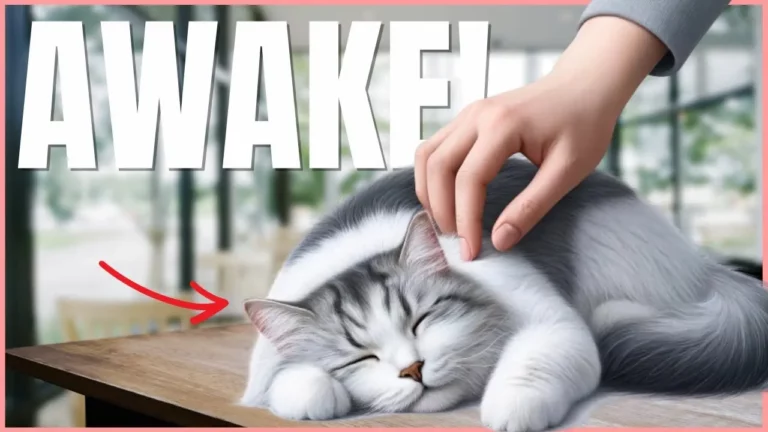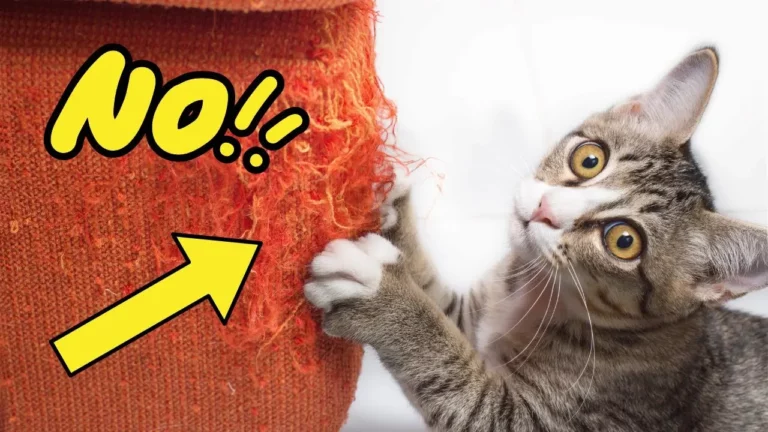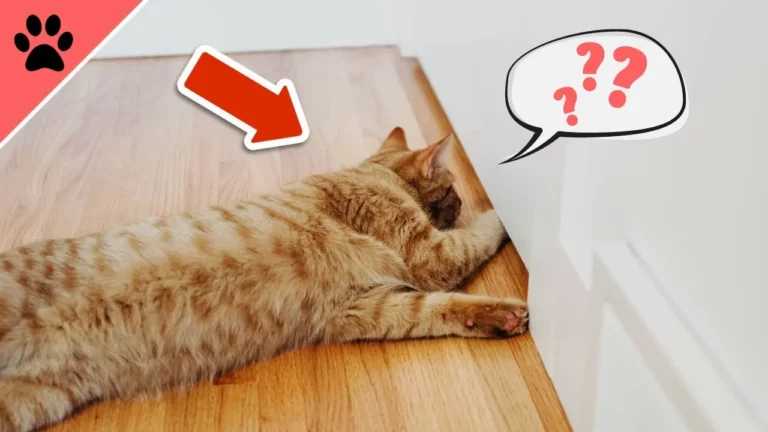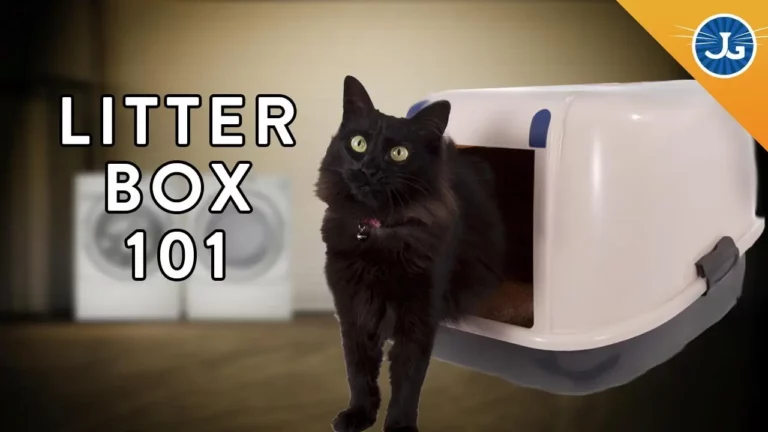6 Easy Tips for Turning Your Cat Into a Lap Cat
If you’ve ever wished your independent
Turning your
Start by recognizing the best times when your
But timing is just the beginning.
By incorporating positive reinforcement and creating a cozy environment, you can encourage your
Curious about the other essential tips that can transform your
Choose the Right Time
Choosing the right time to encourage your
If your
Instead, try to approach them when they’ve just woken up from a nap or after they’ve had a good meal.
These times are perfect because your
Pay attention to your surroundings as well. A quiet environment without sudden noises or distractions will make your
Turn off the TV, put away noisy toys, and make sure that other pets or children aren’t around to disturb the peace.
Your lap should be the most comfortable and appealing place for your
Also, be patient and give your
Use Positive Reinforcement
Once you’ve found the right moment, it’s time to use positive reinforcement to encourage your
Start by having some of your
When your
This helps your
Petting is another excellent form of positive reinforcement. While your
Speak to them in a calm, soothing voice to make the experience even more pleasant. This combination of touch and sound reinforces the idea that your lap is a safe and comforting place.
Patience is key. If your
Over time, your
Make Your Lap Comfortable
Creating a cozy and inviting lap is crucial to encouraging your
Start by wearing soft, comfortable clothing that feels pleasant against your
Avoid fabrics that can be scratchy or irritating. Your
Next, consider placing a blanket or a small cushion on your lap.
Many cats enjoy the extra padding, and it adds to the overall comfort.
Choose a blanket or cushion that your
Temperature plays a significant role too. Cats adore warmth, so make sure your lap is warm and inviting.
If your
Offer Favorite Treats
Entice your
Choose treats that your
This positive reinforcement helps them associate your lap with something enjoyable.
Once your
You can break the treats into smaller pieces to extend the rewarding process without overfeeding. This method not only makes your lap more appealing but also provides a sense of security and pleasure for your
Consistency is key. Offer treats every time your
Over time, your
Remember to use treats specifically designed for cats to make sure they’re healthy and nutritious. By using their favorite treats, you’re creating a positive experience that can turn your
Be Patient and Gentle
Building a strong bond with your
Cats are naturally independent creatures, and it might take some time for them to warm up to the idea of being a lap
Begin by spending quality time with your
Sit quietly beside them, offering gentle pets and calm reassurances.
This helps build trust and shows your
When your
Instead, use a soft voice and slow, deliberate actions to make them feel secure. Pay attention to their body language; if they seem uncomfortable, give them space and try again later.
Over time, your
Gradually, you can encourage your
Be consistent in your efforts, and don’t get discouraged if progress seems slow.
With patience and a gentle touch, your
Create a Safe Environment
To make your
Start by providing a quiet space free from loud noises and sudden movements.
This can be a dedicated room or a cozy corner with their favorite toys, bed, and scratching post.
Cats are territorial creatures, so having a consistent and familiar environment helps them feel at ease.
Ensure that your
Cats often seek out enclosed spaces when they feel threatened or overwhelmed.
You can provide
Additionally, keep your
Avoid frequently changing their setup, as consistency is key for reducing stress.
Spend quality time in this safe environment, gently petting and talking to your
This positive interaction helps build trust and comfort, encouraging them to eventually settle on your lap.
Creating a safe environment lays the foundation for your
Conclusion
With these six easy tips, you’ll be well on your way to turning your
Remember to choose the right time, use positive reinforcement, and make your lap comfortable.
Offering favorite treats and being patient and gentle are essential steps.
Lastly, create a safe environment to build trust.
By following these steps, you’ll strengthen your bond and enjoy more cozy moments with your
Happy bonding!






